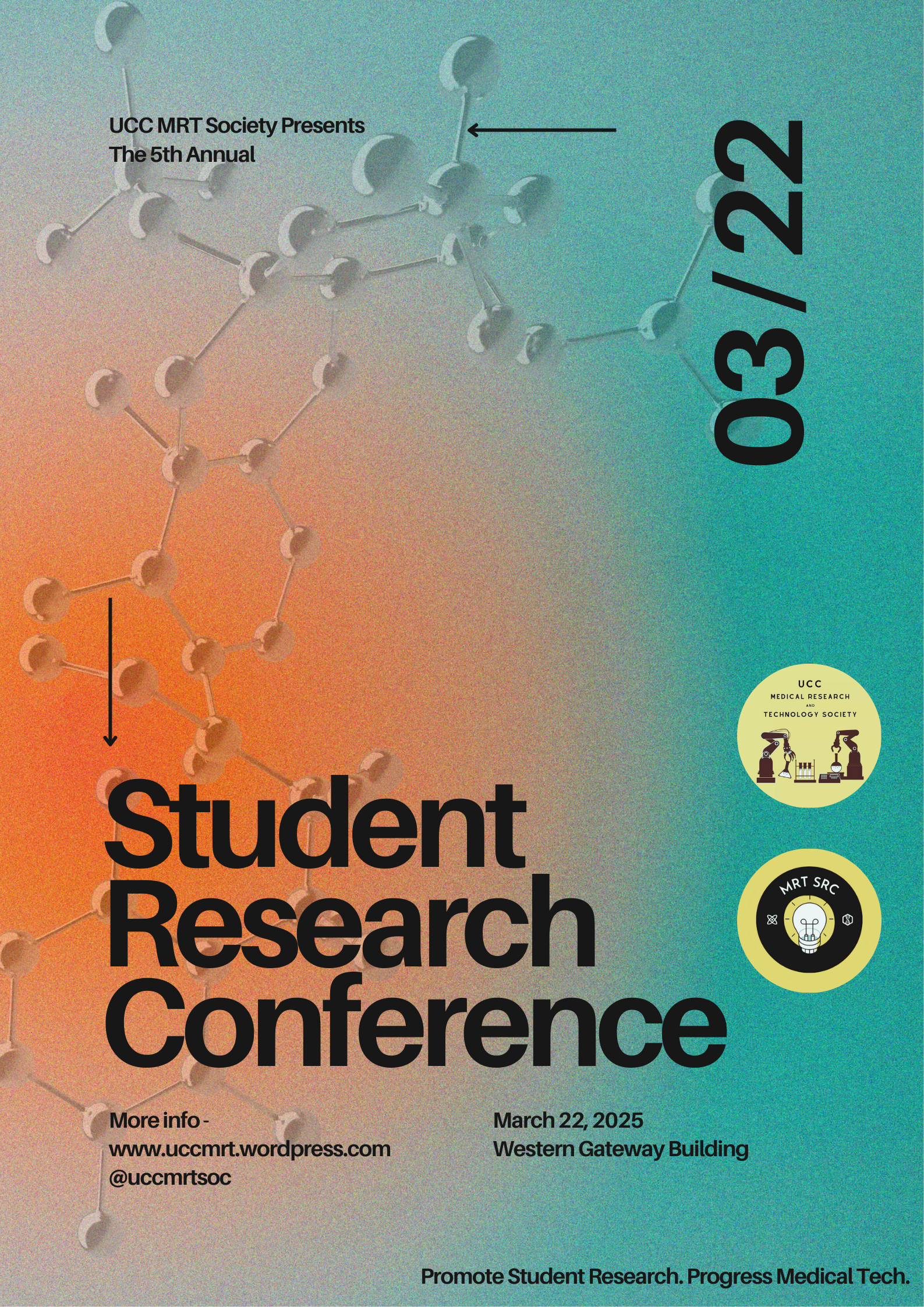Differences between the clinical manifestation of adult-onset and childhood-onset Systemic Lupus Erythematosus
DOI:
https://doi.org/10.33178/SMJ.2025.1.29Abstract
Introduction: Systemic lupus erythematosus is a multi-system autoimmune disorder that affects approximately 1500 people in Ireland. The cause of SLE is multifactorial and involves genetic, environmental, and hormonal influences. Most commonly diagnosed in women (10:1) and between ages 15–44, international studies have shown differences between childhood-onset SLE (COS) and adult-onset SLE (AOS), however, no such research exists in Ireland.
Methods: This retrospective cohort study analysed patient records from Cork University Hospital’s (CUH) Rheumatology Department (November 2023-June 2024). A convenience sampling method was used, and eligible participants were identified from the hospital database of referral letters. Categorical variables of symptoms and autoantibodies were analysed using Fisher’s exact test and logistic regression for significant findings.
Results: A total of 71 patients (COS = 24, AOS = 47) were included in this study. The mean age at diagnosis was 28.01 ± 11.57 years. Malar rash was significantly more common in COS (17, 70.8%) compared to AOS (17, 36.2%). Polyarthritis/polyarthralgia was significantly more prevalent in AOS (43, 91.5%) than in COS (7, 70.8%). While autoantibody profiles revealed no significant differences, low complement C4 levels were significantly more prevalent in COS (16, 66.7%) compared to AOS (15, 31.9%). Finally, Lupus Nephritis, while also insignificant, was also more prevalent in COS (11, 45.8% vs 17, 35.2%).
Conclusion: The higher prevalence of malar rash and complement deficiency in COS suggests a more pronounced immune response in younger patients. Although statistically insignificant, trends such as higher fever incidence increased lupus nephritis rates in COS highlight areas for further research. These findings increase the understanding of SLE in Ireland and underscore the importance of age-specific considerations in diagnosis and management. Future multicenter collaboration could offer deeper insights into regional variations and help refine treatment approaches.

Downloads
Published
Issue
Section
Categories
License
Copyright (c) 2025 Rithvik Karthikeyan, Grainne Murphy

This work is licensed under a Creative Commons Attribution-NonCommercial 4.0 International License.









